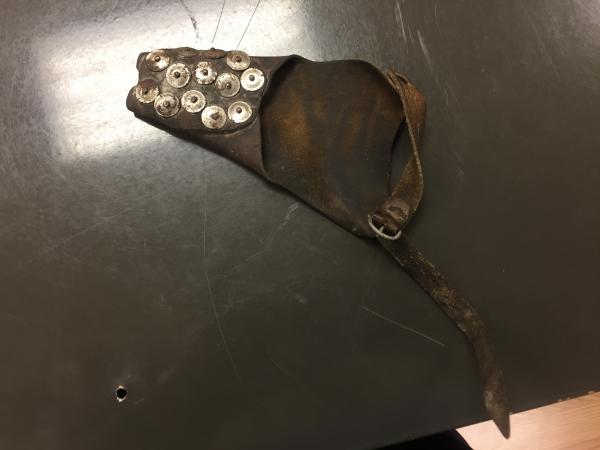Corn Production in Iowa vs. Mexico
| Grade | 1st Grade | Class | Social Studies | Length of Lesson | 40-45 Minutes |
| Lesson Title | Corn Production in Iowa vs. Mexico |
| Unit Title | Work Long Ago and Today |
| Unit Compelling Question | Why do people work? |
| Historical Context: Farming has changed in many ways over thousands of years. The first farmers were probably women who sowed and cultivated crops while men hunted and made tools. For generations subsistence farming provided just enough food for the family growing it. Over time crops began to be used to feed the animals, and men became more involved with farming. Crops and other products of the farmer became commodities that could be traded for other goods and services. Early farming was accomplished by individuals or with the help of strong animals such as ox or horses. As farm land was cultivated in different geographic areas, a variety of crops were planted that grew best in a given soil, climate, or with a given amount of annual rainfall. In the Midwest, the development of the tractor, and subsequent growth of agricultural equipment factories such as John Deere, have both facilitated the growth of the agricultural industry and provided employment for thousands of individuals in their plants. Today, crops are grown for many purposes - to feed animals, provide food, and to make products. Agriculture is now an industry that uses machinery to assist with planting and harvesting crops, allowing farmers to plant and care for much larger farms than one individual could previously plant and harvest by hand. ~ Allyson Simpson, Simpson College 2018.054.001 A husking hook and/or finger protector allowed the person picking to more easily grasp the ear. Those who were skilled had one ear hitting the bang board and one in the air as they were taking another ear off the stalk. If the wife helped with the picking, smaller children would sit in the wagon box as the parents picked. Country school often let out so older children could help or children might pick a row before they went to school and again after returning from school. No after school sports for country kids. The goal was to get the corn picked before Thanksgiving. Most early farms had 80 acres divided into 4 fields. Two of these might be corn. There were no soybeans. Creating the husking hook in 1892, William F. Lillie designed a husking glove that would allow a farmer to quickly husk his crops, making the process more efficient. The glove would be attached onto the hand with leather straps and had an bent metal piece on the palm that would be used to rip open the husk and remove the corn. The glove also had a thick leather pad to protect the farmer's hand. An additional leather pad, as pictured, could be worn for more protection. |
|
| Lesson Supporting Question | |
| Lesson Overview | Comparing the production and harvesting of corn in Iowa and the production and harvesting of corn in Mexico. Student will build on a previous lesson based on farming long ago in Iowa and compare farming today with farming long ago. Students will also compare the farming practices and equipment in Iowa and China. The will do the comparing by using a Venn Diagram. |
| Primary Sources Used |
|
| Resources Needed | |
| Standard | |
| Lesson Target | Remember previous lesson detailing Iowa’s farming past through recalling and writing 3 facts learned in the previous lesson. |
| Lesson Themes | |
|
| Formative Assessment (How will you use the formative assessments to monitor and inform instruction?) |
Students will be complete a Venn Diagram comparing corn production in Iowa to what they know of corn production in Mexico. |
| Summative Assessment (How does the lesson connect to planned summative assessment(s)?) |
After students have completed the Venn Diagram, students will create a poster at their tables depicting farming in Iowa and farming in China. They will be asked to represent the various tools and procedures we found in both places. After students have made their posters, each group will present their posters to the entire class. |
| Author | Megan Oliver | Created | Last Edited | ||||
| Reviewer: Dr. Chad Timm, Simpson College | |||||||
| Lesson Plan Development Notes: Social Studies Methods, Simpson College, Spring 2019 | |||||||


